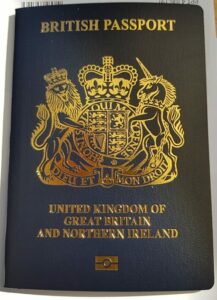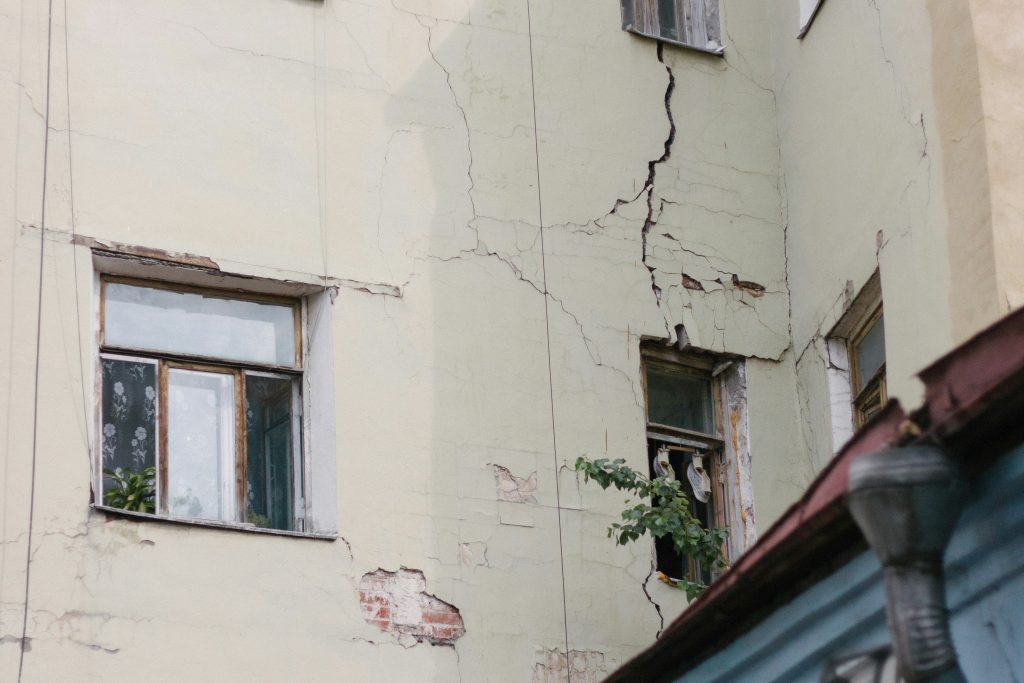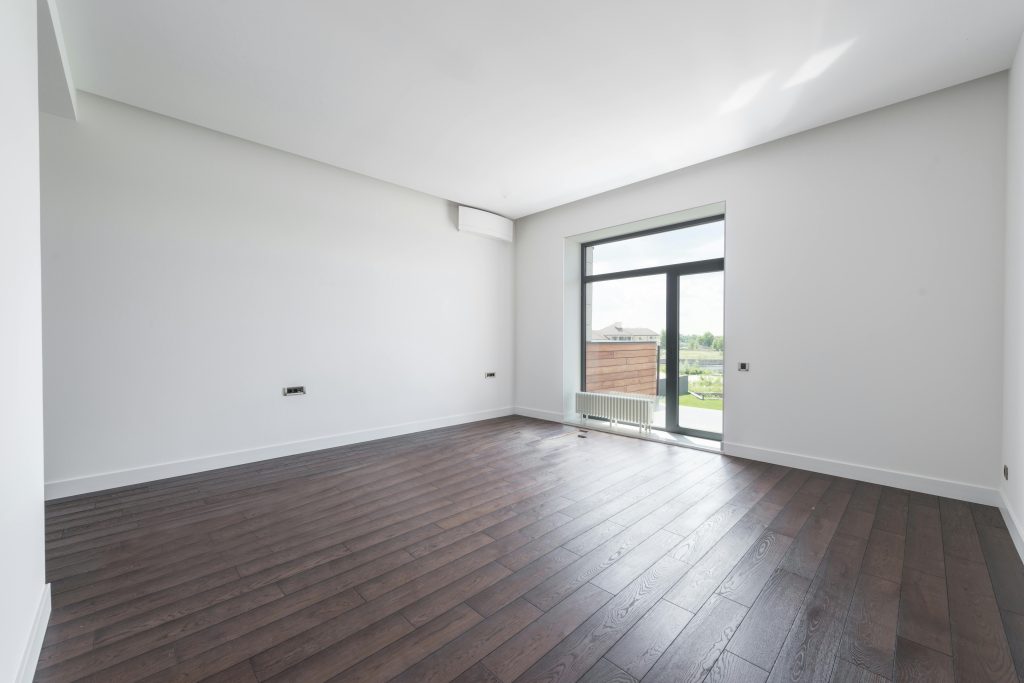Selling your home? Don’t underestimate the paperwork.
The right documents can make or break your sale – literally. Forget one form or certificate, and you could delay things by weeks or even lose the buyer.
So, whether you’re working with an estate agent or going for a faster sale, here’s everything you’ll need to keep your sale moving.
Legal Ownership and Identity
1. Proof of Identity (Anti-Money Laundering Requirement)
Selling property in the UK? The law says you’ll need to prove who you are – no exceptions.
Here’s what’s required:

- Photo ID: A valid UK passport or driving licence.
- Proof of address: Recent utility bill or bank statement (within the last 3 months).
Why? Because of Anti-Money Laundering (AML) regulations. Everyone involved in a property sale – buyers, sellers, even estate agents – must be verified.
Pro tip: Don’t leave this till later. Get your ID documents ready before you list your home.
2. Title Deeds
Your title deeds prove you’re the legal owner – and show what you actually own.
If your property is registered (most are), your solicitor can access the title deeds via the HM Land Registry – it’s all digital these days.
If your property is unregistered (common with older homes), you’ll need the original paper title deeds – often kept by your mortgage provider or solicitor.
Lost your deeds? You can still sell, but you’ll need to apply for a “possessory title” – and that adds time, cost, and risk.
Property Information and Disclosures
3. TA6 Form (Property Information Form)
This is the big one.
The TA6 Form is a legally binding disclosure document where you outline key details about the property, such as:
- Boundaries
- Planning permissions
- Guarantees
- Disputes with neighbours
- Building work
- Parking arrangements
- Council tax band
- Utility providers
Why it matters: Buyers rely on this for decision-making. Miss out key info, and it could cost you the sale – or worse, spark a legal dispute later on.
4. TA10 Form (Fittings and Contents Form)
Think: “what’s included in the sale?”
The TA10 lists all the items you’ll leave behind (like integrated appliances, carpets, garden furniture).
It’s about setting expectations – and avoiding those awkward post-sale phone calls from your buyer wondering where the washing machine went.
5. TA7 Form (Leasehold Information Form)
This one’s only for leasehold properties.
It covers:
- Ground rent
- Service charges
- Lease length
- Freeholder and management company details
- Planned works and disputes
Pro tip: Request your Management Information Pack early. It can take weeks to arrive, and leasehold sales often stall because of delays here.
Certificates and Compliance Documents
6. EPC (Energy Performance Certificate)
This one’s a legal requirement.
If you’re selling in England or Wales, you must have a valid Energy Performance Certificate before you market your home.
Key facts:
- Validity: 10 years
- What it shows: Your property’s energy efficiency, rated from A (best) to G (worst)
- Where to get it: Any accredited domestic energy assessor
7. Building Regulation Completion Certificates and Planning Permissions
Have you had building work done?
Then you’ll need to show it was done legally and signed off.
Documents you might need:
- Building regulation approval/completion certificate (for structural changes)
- FENSA certificate (for replacement windows)
- Gas Safe certificate (for boiler installations)
- Electrical safety certificate (Part P for rewiring or installations)
No paperwork? You might be able to use indemnity insurance.
8. Guarantee and Warranty Certificates
These can instill confidence in various structural aspects of the property. They are not required, but are good to have if applicable.
Typical examples:
- NHBC warranty: If your home’s a new build (usually 10 years)
- Damp proofing guarantees
- Roofing warranties
- Cavity wall insulation guarantees
Mortgage and Financial Documentation
9. Mortgage Details
Your solicitor will need to contact your lender to:
- Confirm how much is left on the mortgage
- Arrange to clear it on completion
If you have a second charge, equity loan, or a Help to Buy agreement – these must also be settled as part of the sale.
10. Management Information Pack (for Leasehold or Shared Ownership)
Selling a leasehold or shared ownership property?
You’ll need this pack – ordered from the freeholder or managing agent. It often takes weeks to arrive so get the ball rolling on this ASAP.
What it includes:
- Ground rent and service charge accounts
- Buildings insurance details
- Major works plans
- Dispute history
- Lease terms and restrictions
Heads up: You’ll usually have to pay for this. Costs vary – but expect around £200–£500.
Special Circumstances
11. Probate Documentation
Selling a property as part of someone’s estate?
You’ll need to prove you’re legally allowed to sell.
Key documents include:
- Grant of Probate (if there’s a will)
- Letters of Administration (if no will)
- Official Death Certificate
- ID documents for all executors or administrators
Important: Probate must be completed before the sale can go through – though you can market the property in the meantime.
For more details, refer to the government’s PA1P probate form and ensure all required supporting documents are in place.
12. Power of Attorney
Selling on someone else’s behalf? You’ll need:
- A valid Lasting Power of Attorney (LPA) or Enduring Power of Attorney (EPA)
- It must be registered with the Office of the Public Guardian
This applies if, say, you’re selling on behalf of an elderly parent who lacks capacity, or acting under a court order.
Tip: Make sure all attorneys named on the document are included in the sale – or have formally disclaimed their involvement.
Optional but Helpful
13. Indemnity Insurance Documents
Lost a FENSA certificate? Converted a loft without permission?
Don’t panic. You can often get indemnity insurance instead of delaying your sale or applying for retrospective approval.
Common uses:
- Lack of building regulations sign-off
- No boiler installation certificate
- Unauthorised alterations
It’s a legal workaround – and buyers are usually happy if it covers their risk.
14. Survey Reports (Optional)
A recent RICS HomeBuyer Report or full structural survey can give buyers more confidence – and help you negotiate from a position of clarity. Normally the buyer orders these, but if the seller has them already it can help speed things up. The home buyers surveys will look for things like:
- Damp
- Subsidence
- Roof defects
- Japanese knotweed
Avoiding Delays: Get Organised Early
If there’s one thing that slows down house sales in the UK, it’s missing paperwork.
Here’s how to stay ahead of the curve:
Start gathering documents before you list
Don’t wait for a buyer. Start collecting everything we’ve just now. That includes:
- Title deeds
- EPC
- TA6, TA10, and TA7 forms
- Certificates and warranties
Engage a solicitor early
A good solicitor will:
- Help you complete forms accurately
- Spot issues before your buyer does
- Chase managing agents and third parties for key docs
This alone can shave weeks off your sale timeline.
Selling leasehold? Order your management pack immediately
It can take 4–8 weeks to get – and many leasehold sales fall apart while buyers wait around.
Sell to Property Rescue for a Faster Sale
Want to skip all the admin?
Here’s how we make selling blissfully simple.
We Buy for Cash
No buyers dropping out. No mortgage delays. Just a guaranteed sale – on your terms.
We Handle the Paperwork
Forget EPCs. Forget solicitor fees. Forget chasing building certificates.
We take care of it all.
Legal Fees? We Pay Them
You won’t pay a penny in legal costs – and we work with trusted, fast-moving solicitors who specialise in quick completions.
Timeline Flexibility
Need to move quickly? We can exchange contracts in as little as 48 hours.
Need more time? No problem – we’ll work to your schedule.
Any Condition, Any Situation
We buy properties:
- With missing documents
- In poor condition
- Mid-probate
- With short leases
- Even with problem tenants









